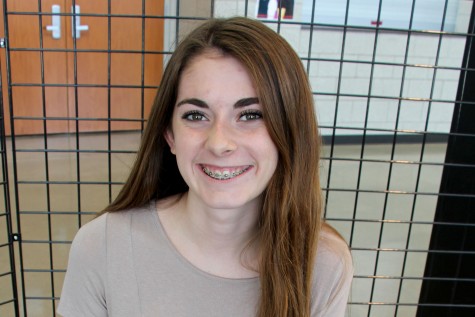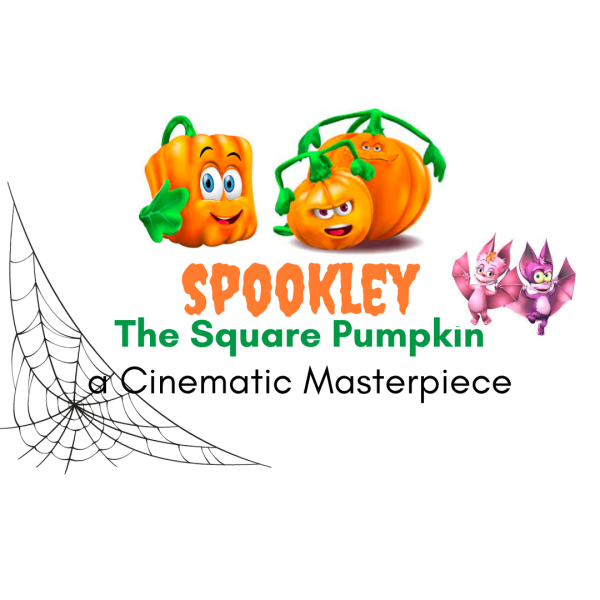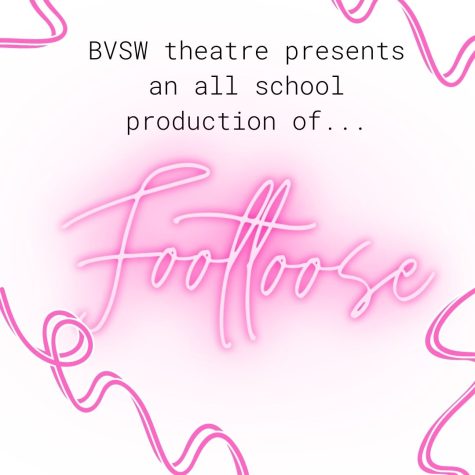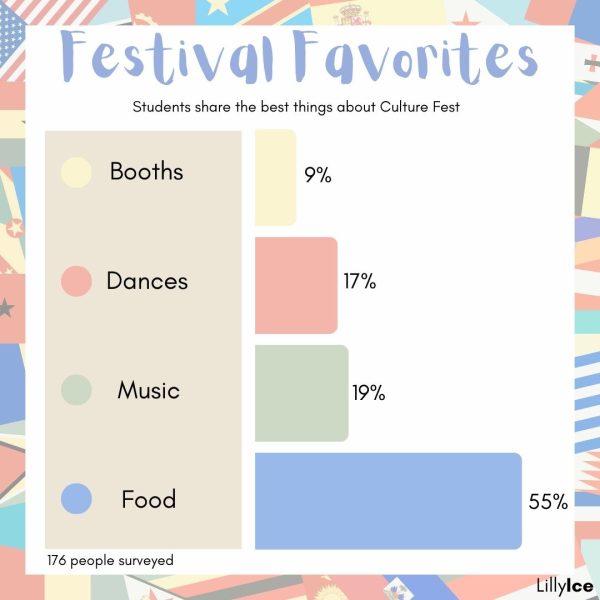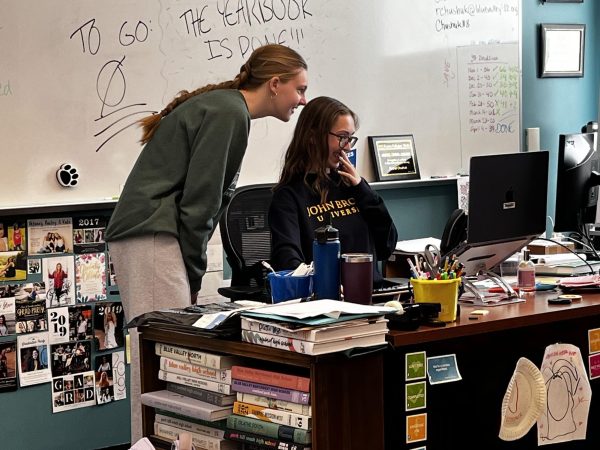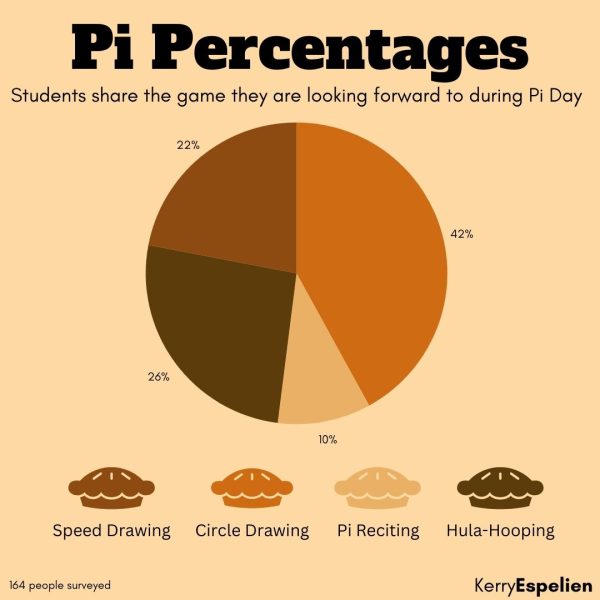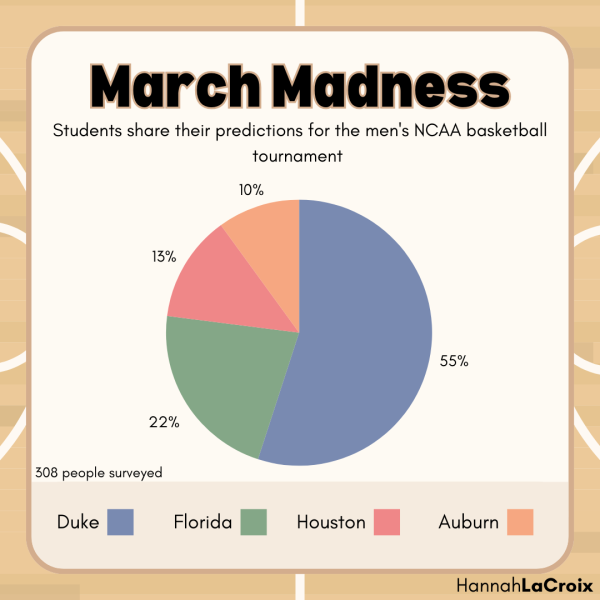Students express the significance of having a film photography class
Stepping into the dimness of the darkroom, junior Liz Putnam wonders just how long it will take to finalize her print to her standards. Putnam watches each photo develop slowly as the many pieces of her photo come together in just the right fashion. When she finally pulls her photo out of the ill-lit darkroom and into the revealing light, Putnam is met with a feeling of accomplishment, as her detailed work shines through with her final product.
“I have made photos that I am very proud of, and when I do, it’s like I want to show the world,” Putnam said. “I always want to see all the different ways viewers find what the photo means to them because it can always mean something so much different to them than it does to me.”
In the modern era, students are met with touch screen cameras, memory cards with the capacity to hold thousands of photos in quarter-sized disks and cameras that take a click of a button to capture a focused and correctly lit photo. Despite the constantly renewing technology of the camera, Blue Valley schools have chosen to offer a film photography class, which requires the manual preparation of film — focusing, processing the film and developing a photo.
The public first used film cameras in 1888 after the invention of the Kodak by George Eastman. This was the only form of photography that existed until 1975, when the first digital camera was invented by Steve Sasson. Since this time, the digital camera’s technologies have advanced as it has developed. The demand for film has decreased, increasing the price of film by around 20 percent. Recently, however, film has seen an increase in popularity as the hashtag #filmisnotdead reached 1.5 million posts on Instagram.
“People are starting to realize that they don’t want to lose the entire process and the entire technology of film photos, and I think that’s good,” photography teacher Sarah McKee said. “I don’t know that the comeback will be permanent, but it’s definitely sticking around for a while longer. I don’t think film is 100 percent dead.”
Similar to skills such as cursive, which, according to ABC News, has seen a continual dropping from schools curriculum across the country, teaching film photography is an aging idea. The necessity behind these skills is being questioned due to better-fit replacements, such as using a keyboard, or in the case of film, a digital camera. However, McKee said she hopes film will continue to exist at the school, and that as long is there is a dark room, there is no point in ceasing the teaching of film photography.
“It’s just like people ask the same questions about why in the world we teach a ceramics class if you can’t use ceramics in your everyday life, but it still helps you think creatively, the innovative use of your brain and your hands in a completely different way,” McKee said. “Film photography is worth it from an artistic standpoint and is a good background before jumping into digital photography. It is a lot easier to jump into digital once you have had film and you know the basics.”
While the focus of the class is film, students also learn about the history of photography, including lessons on popular photographers of the film era and the first photos taken almost 200 years before the invention of the digital camera. Learning the basics of photography, such as manually adjusting the settings in a camera, are prominent aspects of film photography, as well as an expectation for students finishing the class. Chiefly, McKee said her goal for the class is for students to feel ‘technically proficient’ with the film cameras, allowing them to create prints they are proud of and that are personal to them.
“One [of my favorite things is] when photography I students actually make a print and see the first photograph that they are really proud of because it took so long to get to that point; they kind of see all the work that went into it,” McKee said. “The other thing is when my really advanced students finally figure out what their artistic voice is, and they start making photographs that they are really proud of.”
Putnam said film photography does not offer the instant gratification, like that of digital, that people find appealing. She, however, has found the manual-hands-on aspect of film that extends the length of the processing time intriguing, as she is able to create more meaningful and beautiful pieces.
“Without all the work before with the manual camera, I feel like I wouldn’t feel like it was me capturing it all; I would feel as though I’m just capturing a moment and not a piece of artwork,” Putnam said. “That’s what makes [film photography] so much more special to me. It’s not just a click of a button, and you can’t see it right away; it’s a mystery.”
For sophomore Emily Rayburn, film is a beneficial way to learn the history of photography while also exploring modern forms of the art. First introduced to digital photography, Rayburn has now taken photography I, photography II and repeated photography II. She said she enjoys film better because of the vintage aspect and the appreciation she has for her film work.
“Each photo I take holds a memory,” Rayburn said. “Taking a single picture is a whole process — where your shoot will take place, what will your focal point be, time of day — it makes you appreciate your work a lot more.”
The process of film photography has distinct differences from the process of taking a digital photo. With film, one starts with a single roll of film that must be rolled into the camera. Then, while taking the photo, every setting is manual, including shutter speed, aperture and the focus of the picture. The ISO, or light sensitivity, is decided before-hand, depending on the type of film one uses; a lower ISO is better for sunny days where the sensor is less sensitive to the amount of light from the sun. The typical number of photos on a roll ranges from 24 to 36, compared to a digital camera that can store thousands of photos.
“Everything has to be manual in film, so you can’t skip any steps or jump ahead in any way,” McKee said. “You can control your developing; you can control your darkroom process. You get to essentially do everything from start to finish whereas digital photography sort of skips over those steps for you. So in that sense, it’s nice because you can do things the way that you want to do them from start to finish.”
Having used a digital, film and Polaroid camera, sophomore Marcus Hedstrom has divided his photography techniques and styles to fit with each camera. Hedstrom said he uses digital cameras for crisp or high quality photos, especially of landscapes or portraits, and Polaroids for capturing fun moments with friends.
“Everybody takes photos with a digital camera. I think there is something really unique that stands out when you have a photo, like of a memory or a person, [that you have taken] with a film camera,” Hedstrom said.
He has become fascinated with film for the nostalgia of it, along with the unique features that film photography possesses, for example, the memories accompanied with film and the shared appreciation with older ages. Within photography, he has begun to invest more time and effort into each photo and focusing on the framing, lighting and settings of the camera.
“The process [interests me] — watching something you can’t really see when you take the photo and then making it come to life in a physical form,” Hedstrom said.
Each student is allowed a creative license when developing his or her photos. With maximum control, many different things can be done to a photo to make it stand out, such as adding more light to one area of the photo, known as burning, to create a glowing effect.
“When you’re in the darkroom, you can do all kinds of experimental techniques,” McKee said. “You can make your photos look completely unique and not like anybody else’s. You can print based on your personal artistic standpoint, rather than letting the computer tools make those decisions for you.”
Film photography is seen as an escape for Putnam. Having also taken photography I and photography II twice, along with many other art classes, she sees film as a favorable way of capturing one’s creativity, along with a way to express herself.
“The hard work is what makes it art,” Putnam said. “You put more thought into it and when a photo comes out how you envisioned it, all the hard work pays off and it makes me even more proud of the piece.”


